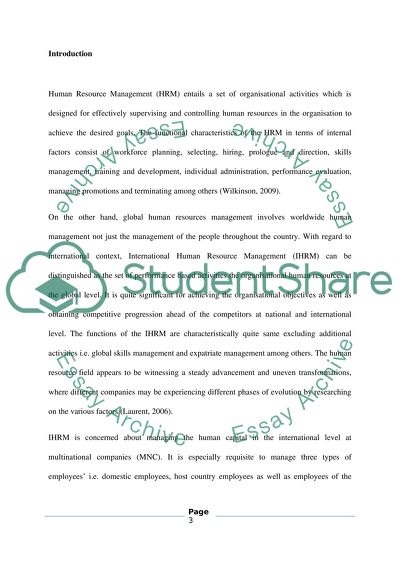Cite this document
(“Cross-cultural management & HRM Research Paper Example | Topics and Well Written Essays - 3000 words”, n.d.)
Cross-cultural management & HRM Research Paper Example | Topics and Well Written Essays - 3000 words. Retrieved from https://studentshare.org/human-resources/1477559-cross-cultural-management-and-hrm
Cross-cultural management & HRM Research Paper Example | Topics and Well Written Essays - 3000 words. Retrieved from https://studentshare.org/human-resources/1477559-cross-cultural-management-and-hrm
(Cross-Cultural Management & HRM Research Paper Example | Topics and Well Written Essays - 3000 Words)
Cross-Cultural Management & HRM Research Paper Example | Topics and Well Written Essays - 3000 Words. https://studentshare.org/human-resources/1477559-cross-cultural-management-and-hrm.
Cross-Cultural Management & HRM Research Paper Example | Topics and Well Written Essays - 3000 Words. https://studentshare.org/human-resources/1477559-cross-cultural-management-and-hrm.
“Cross-Cultural Management & HRM Research Paper Example | Topics and Well Written Essays - 3000 Words”, n.d. https://studentshare.org/human-resources/1477559-cross-cultural-management-and-hrm.


